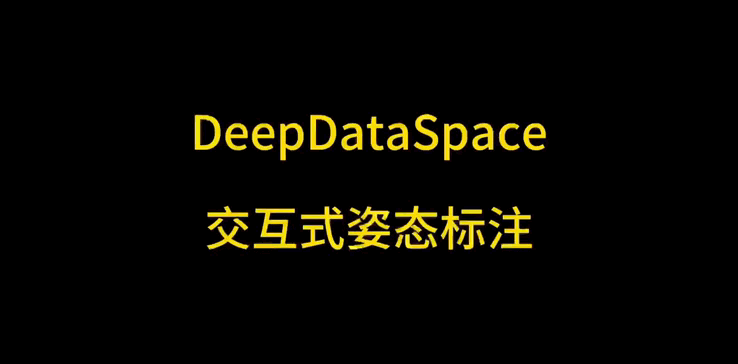Neural Interactive Keypoint Detection
This work proposes an end-to-end neural interactive keypoint detection framework named Click-Pose, which can significantly reduce more than 10 times labeling costs of 2D keypoint annotation compared with manual-only annotation. Click-Pose explores how user feedback can cooperate with a neural keypoint detector to correct the predicted keypoints in an interactive way for a faster and more effective annotation process. Specifically, we design the pose error modeling strategy that inputs the ground truth pose combined with four typical pose errors into the decoder and trains the model to reconstruct the correct poses, which enhances the self-correction ability of the model. Then, we attach an interactive human-feedback loop that allows receiving users' clicks to correct one or several predicted keypoints and iteratively utilizes the decoder to update all other keypoints with a minimum number of clicks (NoC) for efficient annotation. We validate Click-Pose in in-domain, out-of-domain scenes, and a new task of keypoint adaptation. For annotation, Click-Pose only needs 1.97 and 6.45 NoC@95 (at precision 95%) on COCO and Human-Art, reducing 31.4% and 36.3% efforts than the SOTA model (ViTPose) with manual correction, respectively. Besides, without user clicks, Click-Pose surpasses the previous end-to-end model by 1.4 AP on COCO and 3.0 AP on Human-Art. The code is available at https://github.com/IDEA-Research/Click-Pose.
PDF Abstract ICCV 2023 PDF ICCV 2023 Abstract


 MS COCO
MS COCO
 CrowdPose
CrowdPose
 OCHuman
OCHuman